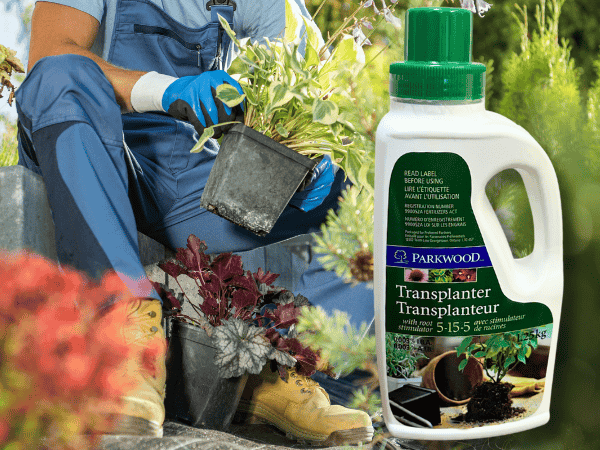
What is Transplant Shock?
As gardening enthusiasts, we all want our plants, shrubs, and trees to thrive and flourish in their new homes. However, the process of transplanting can often lead to a condition known as transplant shock. In this article, we will explore what transplant shock is, why it happens, and how using transplant fertilizer and triple-mix soil can aid in the recovery process. We will also shed light on the patience required, as plants may take several weeks to fully bounce back from the shock.
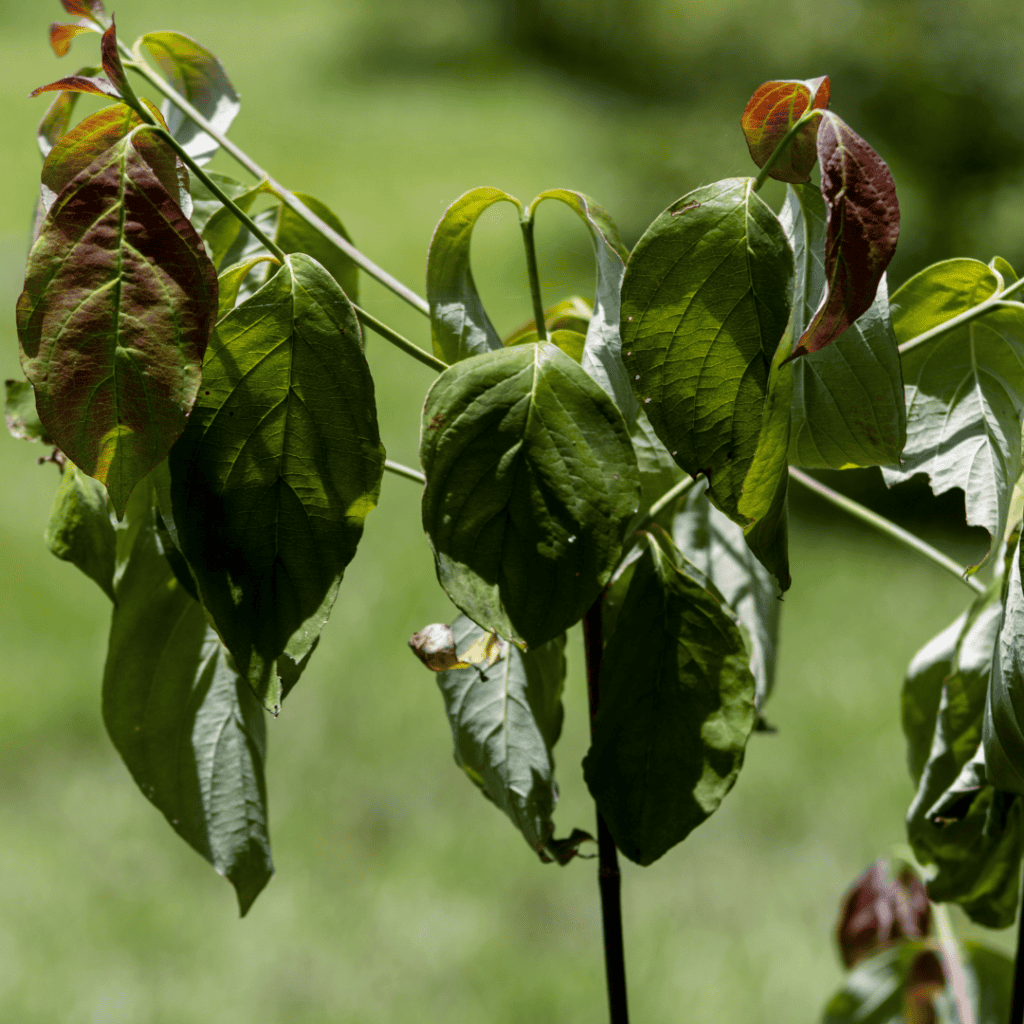
Understanding Transplant Shock
Transplant shock refers to the stress and temporary setback that plants experience when they are uprooted and replanted in a new environment. During this process, plants may undergo physical damage to their root systems, lose a significant portion of their root mass, or struggle to adapt to different soil conditions and climatic factors. As a result, they often display signs of distress, such as wilting, leaf drop, stunted growth, or a general lack of vigour.
Symptoms of Transplant Shock
Wilting: The most noticeable symptom is wilting of leaves, stems, or the entire plant. The plant may appear limp and droopy.
Leaf yellowing: The leaves may turn yellow or even brown, especially at the edges or tips. This can be a sign of nutrient deficiency or reduced water uptake.
Leaf drop: The plant may shed leaves as a response to the stress. This is a natural defence mechanism to conserve energy and resources.
Stunted growth: Transplanted plants may exhibit slow or inhibited growth. They may not develop new leaves or shoots as quickly as expected.
Root damage: During transplantation, the plant’s roots can be disturbed, injured, or even pruned. Root damage can lead to reduced water and nutrient uptake, further exacerbating the symptoms.
Delayed flowering or fruiting: Transplant shock can delay or inhibit the plant’s ability to flower or bear fruit. It may take some time for the plant to recover and resume normal reproductive processes.
Overall decline: The plant’s overall vigour and health may decline. It may appear weak, lack vitality, and be more susceptible to pests and diseases.
It’s important to note that these symptoms can vary depending on the plant species, its health prior to transplantation, environmental conditions, and how well the transplanting process was conducted. Providing appropriate care and minimizing stress during the transplanting process can help reduce the severity of transplant shock.






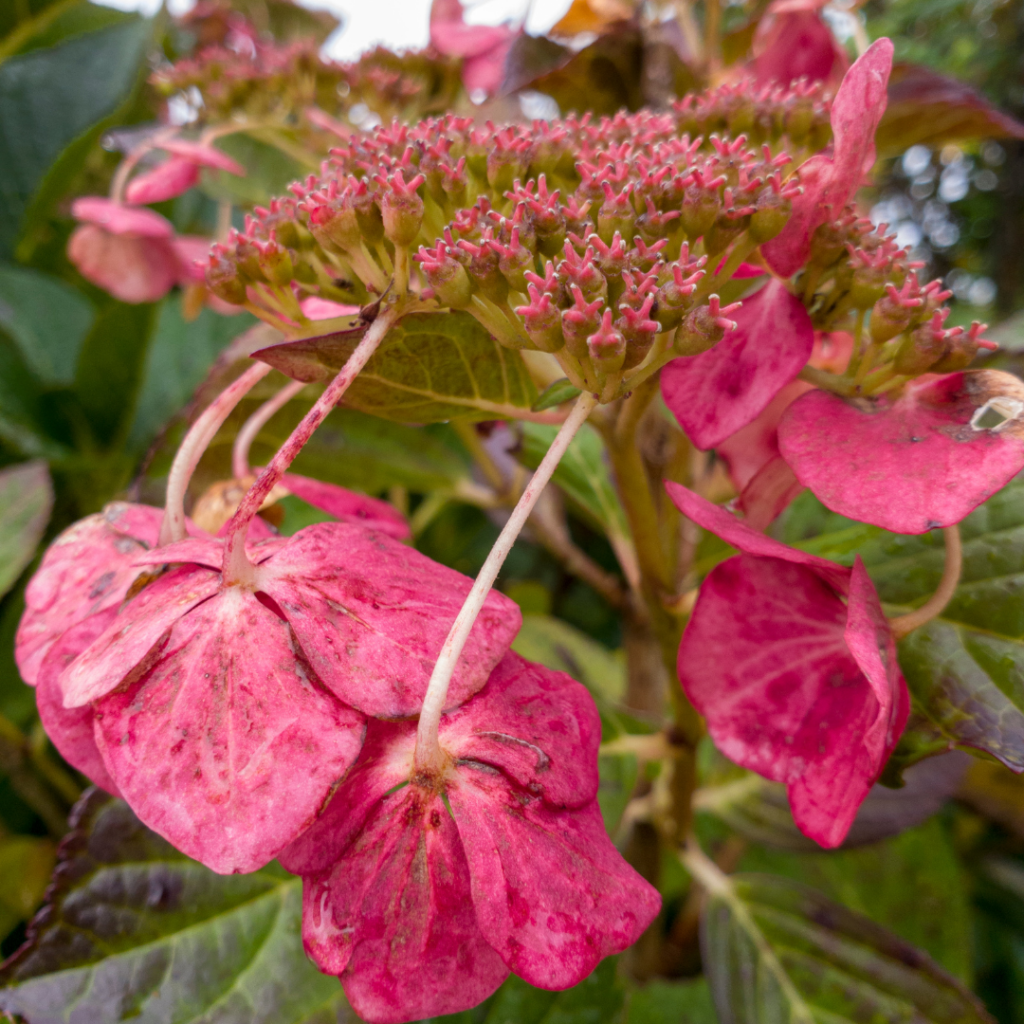

Reasons for Transplant Shock
Several factors contribute to transplant shock. First and foremost is the disruption of the root system, which is responsible for nutrient uptake and water absorption. When plants are transplanted, their roots are temporarily disturbed, leading to a reduced ability to absorb vital resources. Additionally, changes in soil composition, moisture levels, temperature, and sunlight can further exacerbate the shock, making it difficult for plants to establish themselves in their new surroundings.
The Role of Transplant Fertilizer
One effective way to aid plants in overcoming transplant shock is by using transplant fertilizer. This specialized fertilizer is formulated with a root stimulant to provide essential nutrients and promote root development, helping plants recover and adapt to their new environment. Transplant fertilizers typically contain a balanced blend of nitrogen, phosphorus, and potassium (N-P-K), along with other beneficial elements like vitamins, minerals, and organic compounds. These nutrients nourish the roots, stimulate growth, and strengthen the plant’s overall resilience.
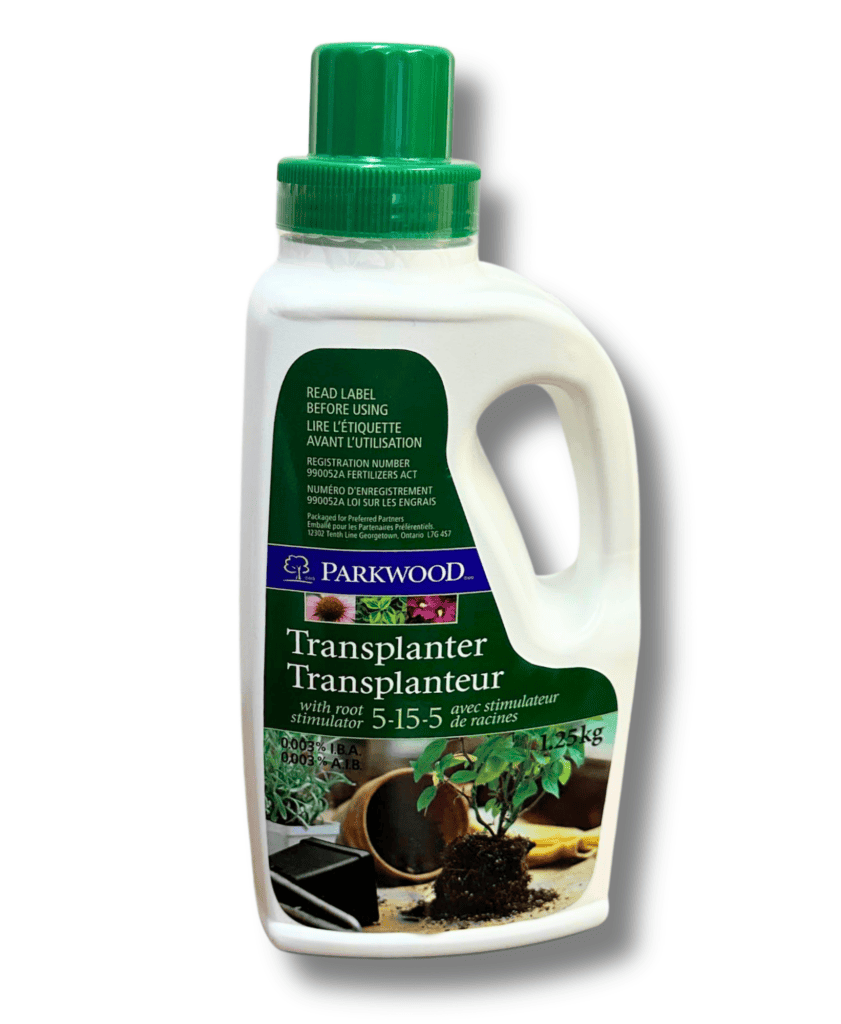
Benefits of Transplant Fertilizer
Transplant fertilizers not only provide an immediate nutrient boost to compensate for the temporary loss of root function but also serve as rooting stimulants, enhancing the plant’s ability to produce new roots and promoting the quicker establishment and healthy growth in the new location.
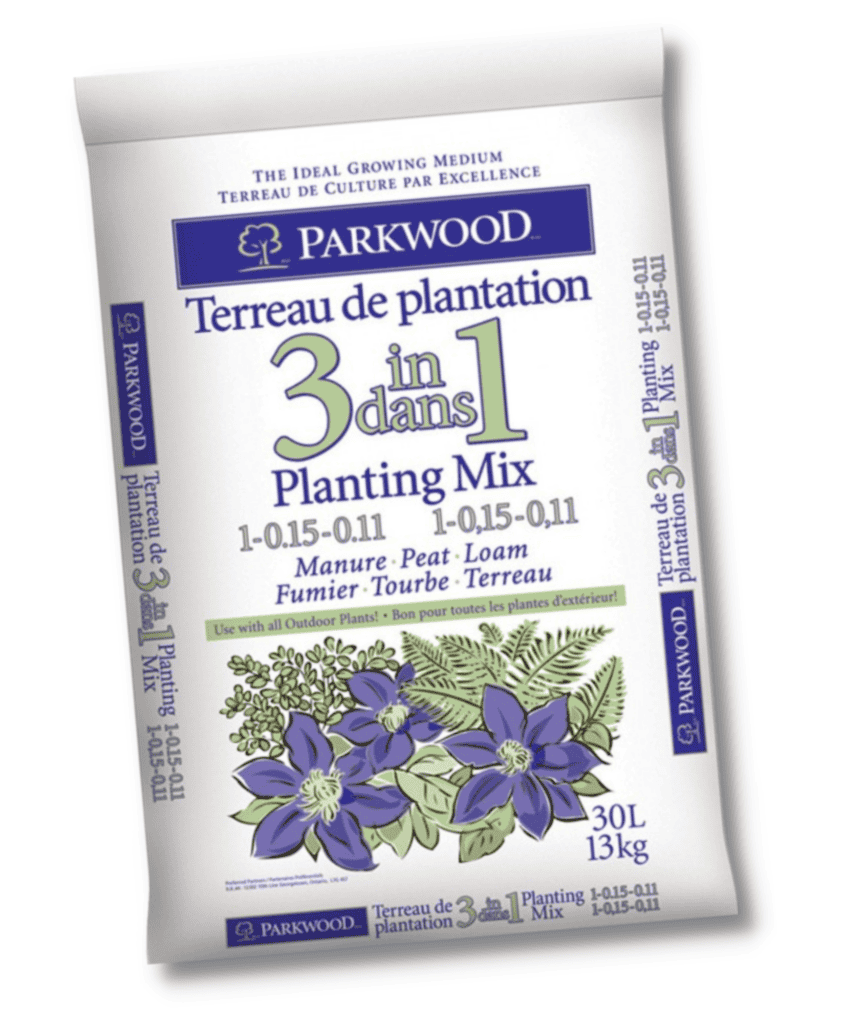
The Added Boost of Triple-Mix Soil
In addition to using transplant fertilizer, incorporating triple-mix soil can further enhance the success of transplanting. Triple-mix soil is a blend of three components: manure, peat moss, and loam. This combination offers numerous benefits for plant growth and establishment. Loam provides essential minerals and nutrients, manure enriches the soil with organic matter, and peat moss improves moisture retention and soil structure. Together, they create a nutrient-rich, well-draining, and moisture-retaining environment, providing an ideal foundation for the newly transplanted plants to thrive.
Patience: Allowing Plants to Bounce Back
While transplant fertilizer and triple-mix soil provide invaluable support to plants, it’s crucial to remember that recovery from transplant shock takes time. Plants need to adjust and rebuild their root systems, a process that can span several weeks. During this period, it’s essential to provide consistent care, including adequate watering, proper sunlight exposure, and regular monitoring for any signs of stress or nutrient deficiencies. With patience and attentive care, your plants will gradually regain their vitality, displaying new growth and resilience.
Transplant shock is a common challenge faced by gardeners when planting new plants or moving plants to new locations. By understanding the causes of transplant shock and employing transplant fertilizers and triple-mix soil, we can provide our plants with the necessary nutrients, moisture retention, and soil structure for a smoother recovery. However, it’s essential to be patient during this period, as it may take several weeks for plants to fully bounce back and thrive in their new environment. Remember, nurturing your plants through the recovery process with the aid of transplant fertilizers and triple-mix soil will reward you with healthier, more resilient green companions in the long run.
